If you walk around Japan on February 2, 3 or 4, you will notice people throwing beans at people wearing Oni (鬼, ogre, demon) masks. This may sound strange, but it really happens! In this article, we will talk about a very fun event in Japan, the Setsubun no Hi!
Setsubun no hi (節分の日) marks the beginning of spring according to the Japanese lunar calendar. It is not a national holiday in Japan, but it is widely celebrated throughout the country and very popular with children.
After reading the next few paragraphs, the mysteries surrounding this event will no longer have any secrets for you!
Let's now discover it all together...
The origins of the Setsubun festival

In general, Setsubun is thought to have its roots in China. It was introduced to Japan during the Heian period (794-1185), as it appears in historical records and documents from that time. During the Muromachi period (1336-1573), people began to throw beans to drive away demons and evil spirits symbolic of a bad fate.
Before 1873, the Japanese New Year followed the lunar calendar. But with the adoption of the Gregorian calendar during the Meiji period, the significance of the new year shifted from the end of January/mid-February of the lunar calendar to January 1. Even though the official date of Japanese New Year changed, Setsubun remained a day celebrated to mark the change of seasons.
It is written that during the Lunar New Year, the world of spirits meets our own, allowing spirits to cross our paths and even enter our homes. Some of these spirits are believed to bring illness and bad luck to a family, and must be purged from the home before the new year begins.
Setsubun date
One of the characteristics you should remember about Setsubun is that the date of the event is not fixed. It can change according to Risshun (立春, beginning of spring) which also has a flexible date between February 2 and 4. The reason is simple if most of the time the beginning of spring falls on February 4, depending on the relative positions of the Earth and the Sun, it may happen that there is a small shift (due to the fact that the Earth does not revolve around the Sun in exactly 365 days) causing the fluctuation of the risshun between February 3 and February 5 depending on the year. Thus some years Setsubun is celebrated on February 2 or February 4.
The bean, best weapon against evil spirits!

Every year, Setsubun (節分 or "division of the seasons") marks the official end of winter and the beginning of spring and is linked to the traditional New Year celebrations of the ancient lunar calendar.
The mamemaki
With the division of the seasons comes the opportunity to make a fresh start, so a special ritual is held on this day to drive out evil spirits from the previous season that might bring bad luck or illness. This ritual is called mamemaki (豆撒きor "bean sowing") and consists, in most households, of throwing roasted soy beans either at the entrance to the house or at someone (usually the oldest man in the household) who has kindly assumed the role of the unseen dark forces by wearing a Oni mask. While throwing beans, participants shout "oni wa soto!" (鬼は外! "Demons come out!") and "fuku wa uchi! " (福は内! "good luck in it!").
Why beans?
These dried beans are called fukumame (福豆 or "good luck beans") and are traditionally supposed to purify the house from bad influences. Nowadays, this ritual may be motivated less by traditional belief than by the simple joy of raining beans on some poor guy wearing a mask. The question may arise: why would evil spirits be so terrified of innocent little beans? One answer to this mystery lies in the pronunciation of the Japanese word for bean (豆) which is "mame" whose rather dramatic meaning would be "destruction of the devil!"
The Oni: Ogres, Demons, Yokai what are they?

One thing that should also be explained is the oni. They are Yokai(妖怪), supernatural beings who live in the psyche (at least) of the Japanese. Most of the time, they are depicted as monstrous, horned ogres, clad in tiger skins and carrying clubs bristling with iron spikes.
Similar creatures are found throughout Asia, in fact, going all the way back to India and its Rakshasas. It is said that Buddha, during his career as a Dharma preacher, converted tribes of Rakshasas to Buddhism. They were then employed to protect the temples, monasteries and the monks who lived there. The image of the Rakshasa was transformed into the "wrathful deities" of Mahayana Buddhism, frightening protectors who were propitiated. When Buddhism arrived in Japan, faces were given to the boogie-men who prowled the woods according to Japanese mythology.
Oni appear from time to time in anime and manga, and the golden age of anime gave us two particularly memorable Oni. These were not normal Oni, but pretty Oni. Rumiko Takahashi's Urusei Yatsura series featured Lum, a love-struck alien whose alien race was, in the story, the inspiration for the Oni. Tiger skin bikini and go-go boots, cute little horns... how could you not like it? Urusei Yatsura was a very popular series in its time, and influenced many anime and manga afterwards.
The biggest Setsubun festival gatherings in Japan

Besides the "celebrate it with your family" version, many Japanese shrines and temples usually hold celebrations of Setsubun open to the general public. At a typical event at some of the most famous venues, such as Zojoji Temple in Minato or Ikegami Honmonji in Ota City, celebrities, sumo wrestlers and local dignitaries throw soybeans or lucky bean packets and sometimes even candy, gifts and prizes from a stage or balcony to the screaming crowd below.
If you're planning to attend an outdoor mamemaki event, however, be sure to bundle up and beware of flying objects (perfectly identified for the record). Another good tip is to carry an empty shopping bag to have a better chance of grabbing something and avoid getting involved in a ground level melee. Also be sure to take note of any variation of "Oni wa soto! Fuku wa uchi!", as some ceremonies focus solely on the theme of luck and omit demons altogether.
The activities offered during Setsubun
The public festivals of Setsubun can attract very large crowds of visitors for a variety of reasons, with some also incorporating rituals, performances, and additional community spirit. The festivalSetsubun at Asakusa's Sensō-ji temple includes a special dance of the seven gods of luck, while the Zōjō-ji temple, overlooked by Tokyo Tower, holds a Tsuina Shiki Setsubun known for its high-profile stars, which attracts large numbers of fans hoping to catch a glimpse of their favorite performers along with their beans.
The Ikegami Honmon-ji in Ota-ku holds special significance for Japanese wrestling fans as it is the burial place of the great Rikidozan, "the father of Puroresu," and each year many professional wrestlers participate in a particularly fierce bean tossing ritual! The Shimokitazawa Tengu Matsuri is a unique festival incorporating Setsubun rituals, although these are somewhat overshadowed by the parade of a gigantic tengu (天狗, heavenly dog) mask through the streets.
Setsubun's culinary tradition

After banishing demons from the house or temple, it is supposed to carry chance to eat the number of beans corresponding to your age.
But there are also some regional variations of Setsubun's gastronomic activities, including the "lucky" sushi roll ehomaki, which originated in the Kansai region but due to its success this one has become a national phenomenon. You can buy your standard ehomaki in any convenience store or supermarket or even treat yourself to a "premium" ehomaki - there is no guarantee that you will have more luck but it might be more delicious. The whole roll should be eaten uncut, in complete silence, facing the lucky direction of the year it is eaten (usually written on the package)!
If you're worried that the beans won't be enough to keep the oni away, you can also try eating grilled sardines and making a rather gruesome decoration called a "hiiragi iwashi" by tying one of the fish heads to a holly branch and placing it outside your door.

Everyone knows that evil spirits and demons don't like fish that smell bad or sharp objects (like holly leaves...) that might poke their eyes out! The hiiragi iwashi talisman is mainly a Kanto and Nara tradition and is certainly not a common practice in Kyushu or Hokkaido, so if you try to do it, be aware that your neighbors might laugh at it.
Setsubun in the 21st century
While Japanese rituals and celebrations in temples, homes and kindergartens remain the same, Setsubun is slowly being co-opted as a seasonal merchandising opportunity, much like Christmas, Halloween and Valentine's Day. High-end ehomaki and luxury oni masks are becoming increasingly popular, and it's easy to get a head-to-toe oni costume in stores.

Advertisers are also taking advantage of Setsubun's refreshing feel to promote their services, whether it's in the form of a recruitment video or an acrobatic, sexy oni couple consuming nutrition bars. Osaka's nightclub scene offers a handful of Setsubun obake-themed events where you can dress up, drink and dance until the end of winter. In recent years, Tokyo has hosted the Sugoi Mamemaki spectacular, a sort of hyper-costumed bean-tossing party with idols, comedians, tons of beans, and goggles. all you need is a package of beans and a paper mask.
Setsubun, a moment of happiness to share
To conclude, you understood it, Setsubun is above all a unique moment to meet, share and have fun with family or friends in joy and good humor. Thanks to this article, you know much more about this Japanese national holiday. We have traced each step leading to the origin of Setsubun and are therefore able to understand its aspirations.



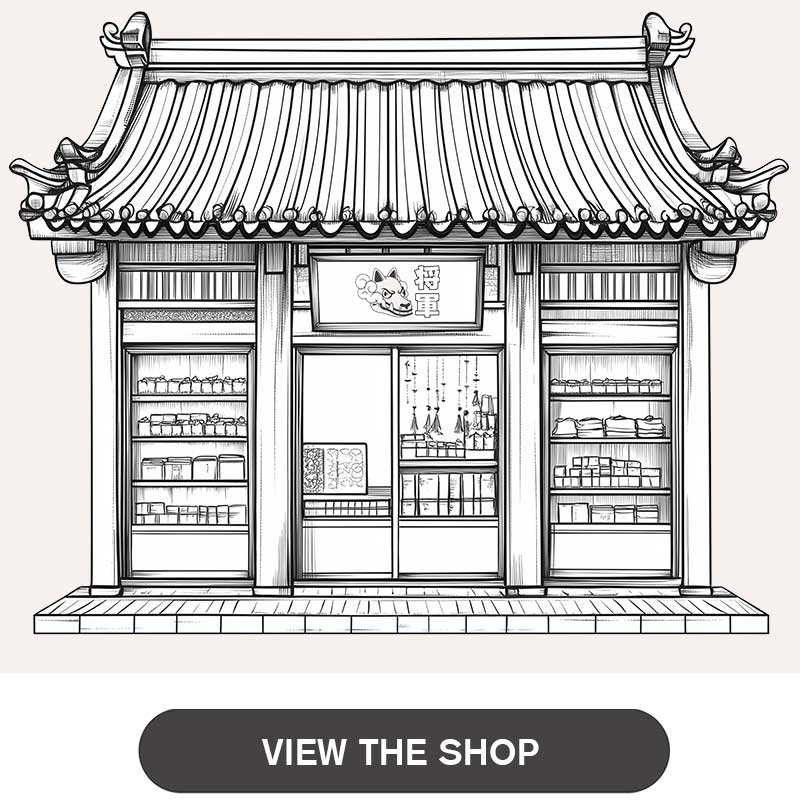

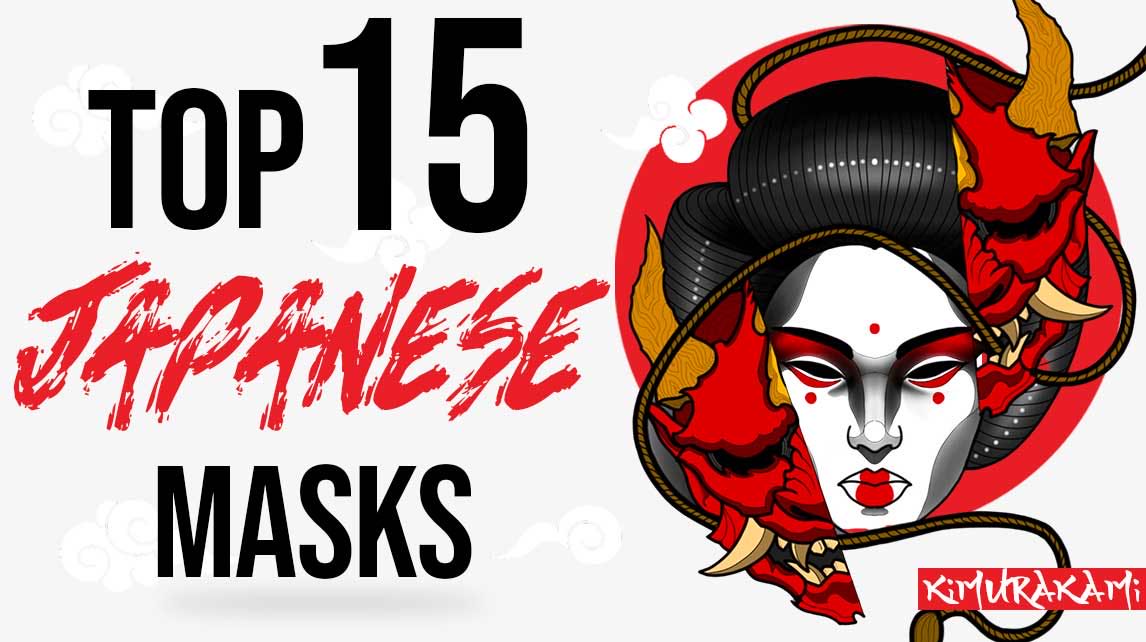
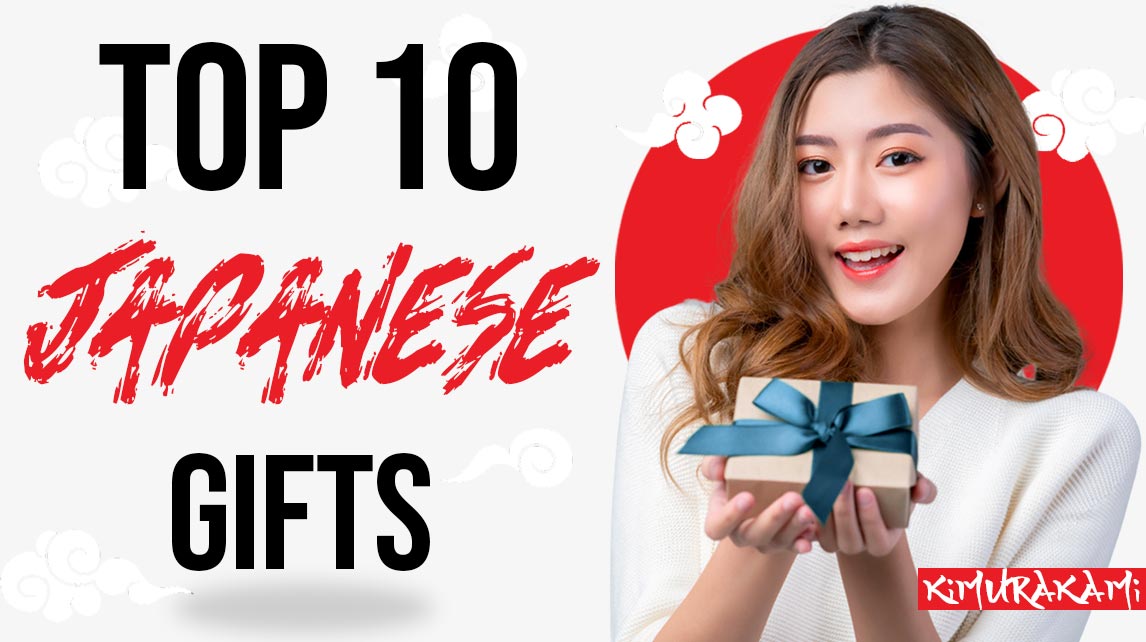
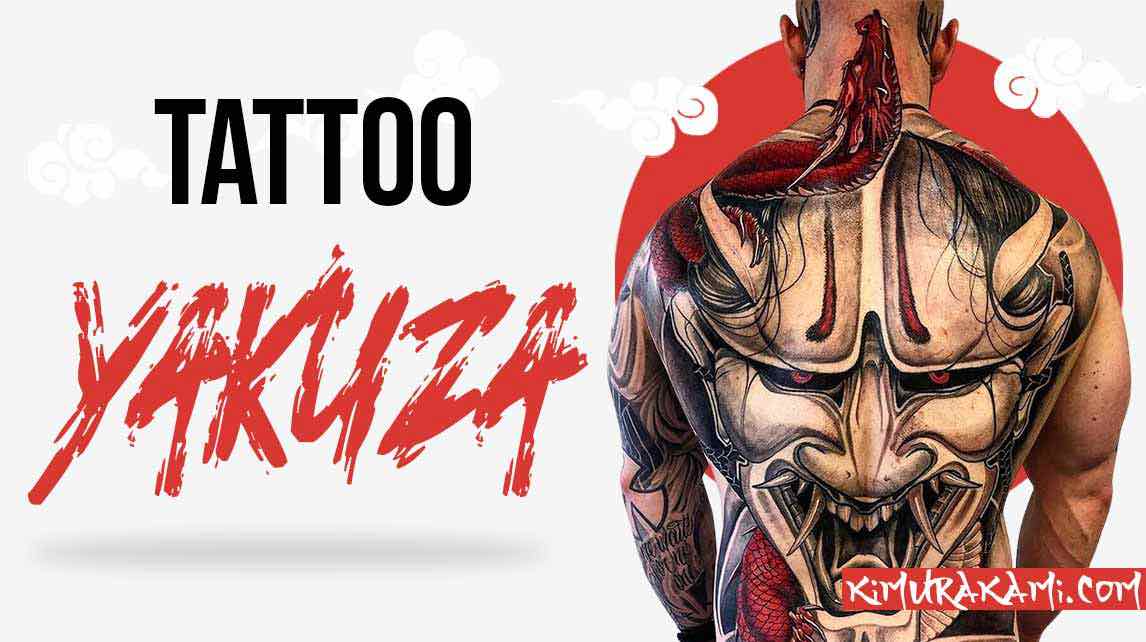
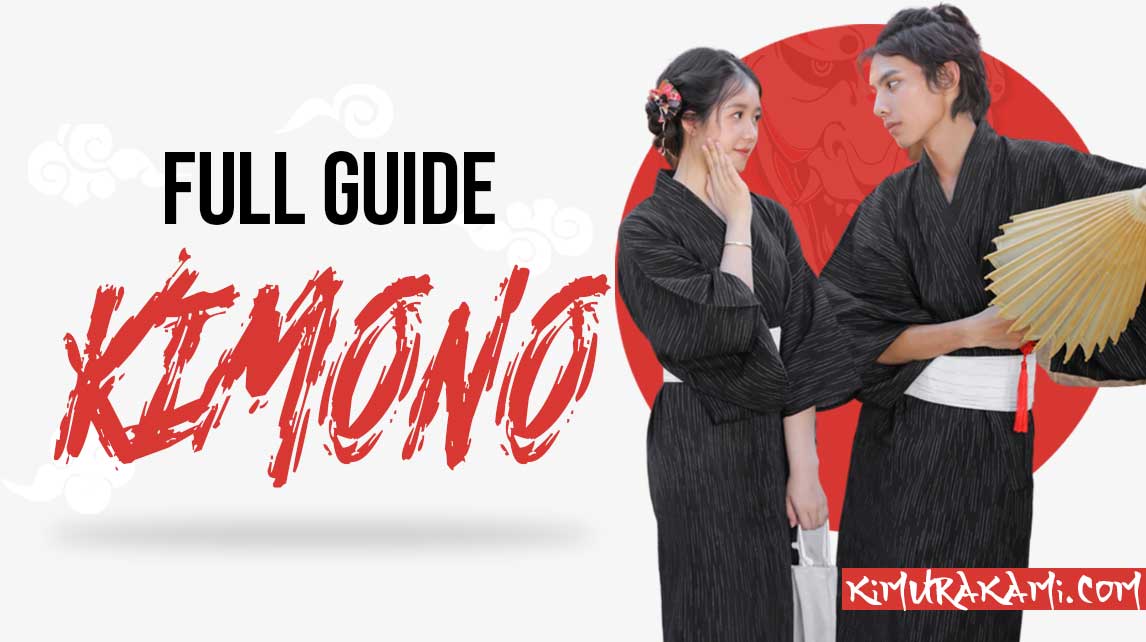
Leave a comment